
Making a gravestone demands much from the rocks used. They must be soft enough to be carved easily, but hard enough to withstand weathering while preserving the inscription. Historically, many types of rocks have been used to make gravestones. When purchasing a gravestone for a loved one, consider the type of stone, durability and weathering patterns.
Sandstone

Sandstone is found in many gravestones, especially those from the 1800s and before. It is often found in old graveyards in Europe and America. Sandstone has a very particular weathering pattern. Large cohesive flakes will fall off on occasion, and the inscriptions are illegible after 100 years in most climates.
Slate
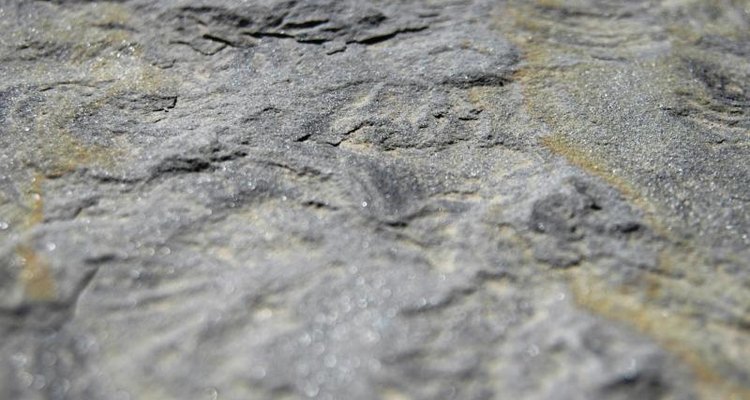
Slate is another rock often used in gravestones, and it doesn't weather as severely as sandstone. The rock comes in many colors depending on the location it is quarried, with speckled green or even a grayish-purple available. Inscriptions made on slate remain clear even after years of weathering. One negative of slate is its availability. It can be prohibitively expensive in some areas of the world.
Granite
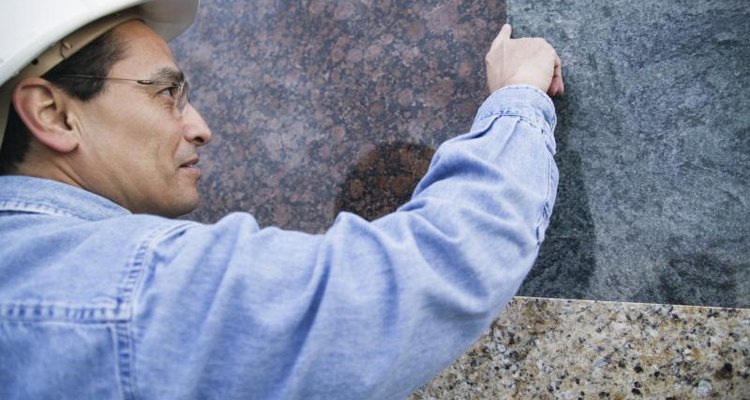
Granite has always been a common material for gravestones. It withstands environmental forces better than almost any other rock. The speckled rock is also very attractive and comes in a variety of colors, both light and dark. Using laser engraving technology, gravestone makers can etch digital images of great detail into the rock, adding further personalization to a monument.
Marble

Marble is a very lustrous, smooth material for making gravestones. Though the luster can last for a few decades, longer weathering periods will cause the surface to become rough, and if you rub your hand over it, sand-like particles will come away from the carving. Marble gravestones with elaborate carving can be found in many of the graveyards of Europe.
Limestone

Though it is prone to dissolving in acid rain, limestone has often been used for gravestones. The stone is usually a white or cream color, and it weathers inconsistently, creating a speckled, porous look. Occasionally, limestone will contain fossilized bones and shells, which do not dissolve as quickly as the surrounding rock. After weathering, these features will be revealed, creating beautiful patterns in the rock.
Related Articles
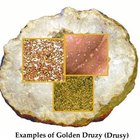
What Is Golden Druzy?
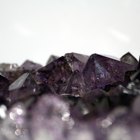
Types of Valuable Crystals

Types of Coral Jewelry
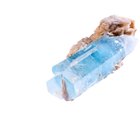
List of the Types of Semi-Precious ...
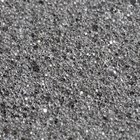
Stages of Pumice Rocks

What Is Marcasite Jewelry?

What Is Ceylon Sapphire?
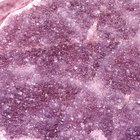
What Is a Pink Amethyst?
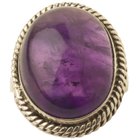
How to Clean a Purple Amethyst Rock

How to Clean Sterling & Turquoise ...

Cubic Zirconia Vs. White Spinel

Semi-Precious Stones Found in Kansas
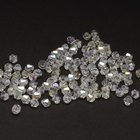
What Is Crystal AB?

How to Tell If a Gem Is a Kunzite?
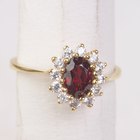
Physical Characteristics of the Ruby ...

What Is Mercury Mist Topaz?
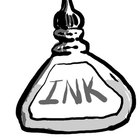
How to Make Silver Ink

Silver Polish Ingredients
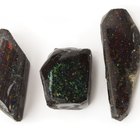
Which Types of Gems Are Most Expensive?
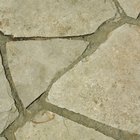
Does Salt Ruin Slate Walkways?
References
Writer Bio
Michael Roberts has been writing professionally since 2010. He's written on a wide range of topics for different websites. His eHow articles cover topics in motorcycles, bicycles and other modes of alternative transportation. Michael received a Bachelor of Arts in English from the University of Michigan in 2009.
Photo Credits
veger/iStock/Getty Images